![]() PC-BSD 8.1 was released on July 20, 2010, roughly five months after version 8.0 was released. Some of the suggestions made in the review of PC-BSD 8.0 have been carried out in this latest release. In fact, the changes were made within one month of that review being published. It is an encouraging example of how some distro developers respond to suggestions (or critical reviews).
PC-BSD 8.1 was released on July 20, 2010, roughly five months after version 8.0 was released. Some of the suggestions made in the review of PC-BSD 8.0 have been carried out in this latest release. In fact, the changes were made within one month of that review being published. It is an encouraging example of how some distro developers respond to suggestions (or critical reviews).
While I still think that PC-BSD is not yet ready for the masses, it is coming along very well. This review will offer another detailed look at some of the good and bad sides of this FreeBSD-based distribution, with the attendant recommendations and suggestions for improvement.
Let me begin by looking at the bright side of this distribution. And as always, it has to start with the …
A review of PC-BSD 8.2, the latest stable release, has been published.
Installation: PC-BSD’s installer is one of the most intuitive graphical installers available on any distribution – Linux or BSD. It is both simple and fully featured. It is not perfect, does not have some of the bells and whistles of Anaconda, the Fedora installer, but it is a lot better than the Ubuntu and Mandriva installers. One aspect of the PC-BSD installer that I especially favor, is that at every step, there is a Back and an Abort button.
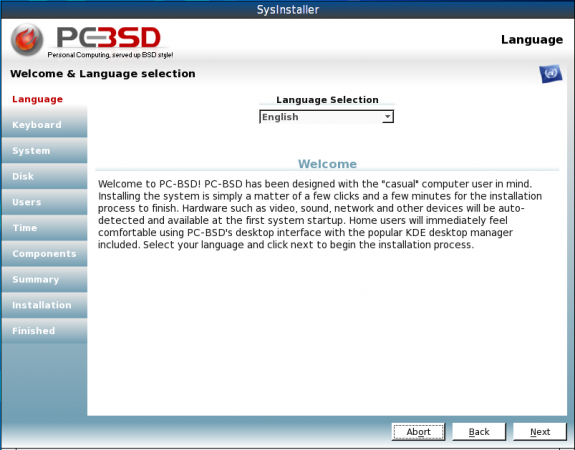
PC-BSD's intuitive installer
Installations options are easy to understand. PC-BSD is built atop FreeBSD, and so the PC-BSD developer(s) have made it easy to install FreeBSD from the PC-BSD installer.
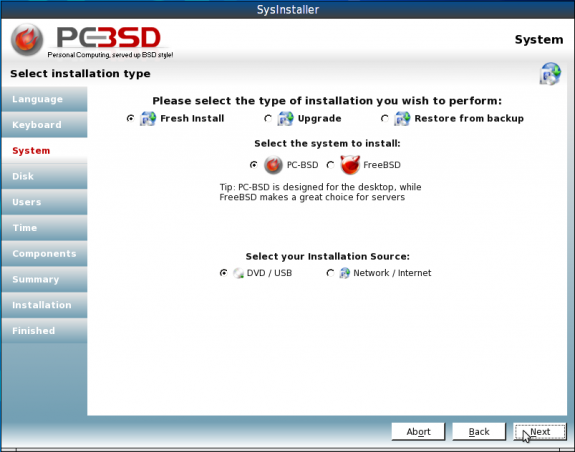
Installation options on PC-BSD 8.1
Disk encryption with user-supplied passphrase, rather than the system-generated keys of older editions, is now supported.
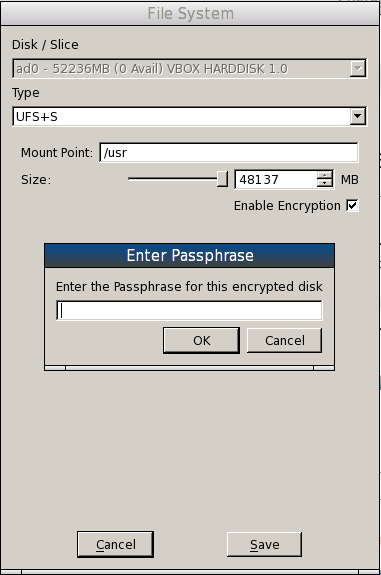
Encryption of the partitions with user-supplied passphrase
An obvious advantage of disk encryption is that on boot, the correct passphrase must be supplied before an encrypted partition or disk can be read. The image below shows the system requesting the passphrase for unlocking an encrypted /usr partition.
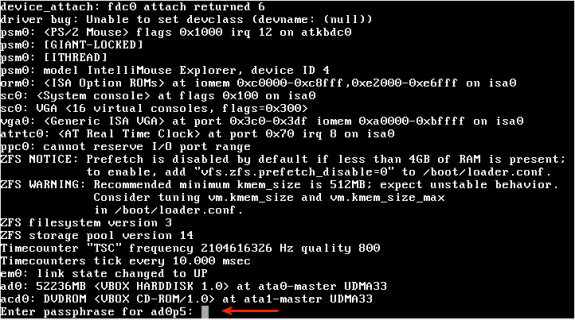
Passphrase request on boot for unlocking an encrypted partition
Because the default configuration of PC-BSD has a user’s home directory under the /usr directory, and confined in a jail, encrypting the /usr partition effectively encrypts the user’s home directory.
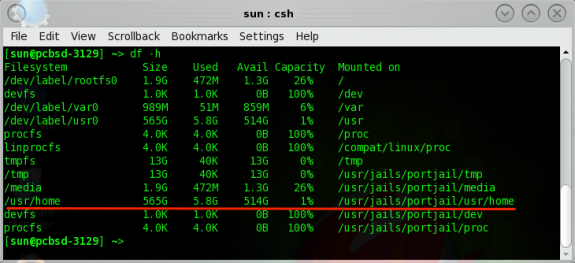
ZFS is available as a file system option, and you could configure ZFS in basic (single-disk), mirror, and raidz formats. See how to install PC-BSD 8.1 on an encrypted ZFS file system

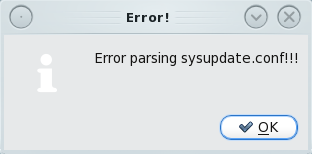
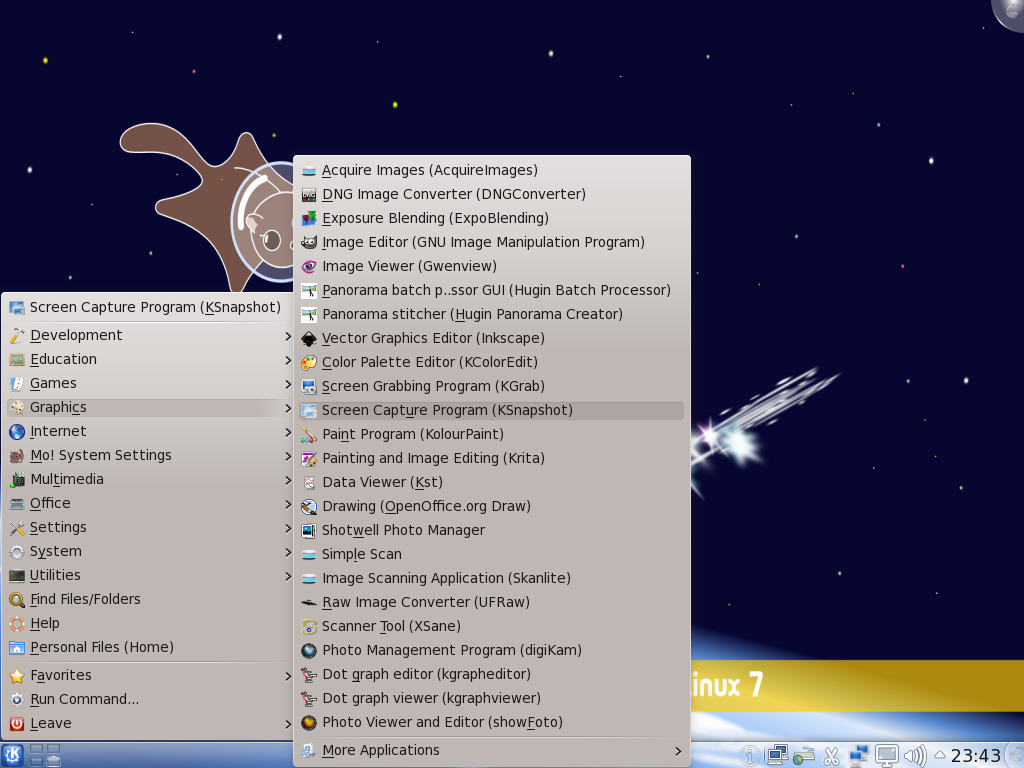


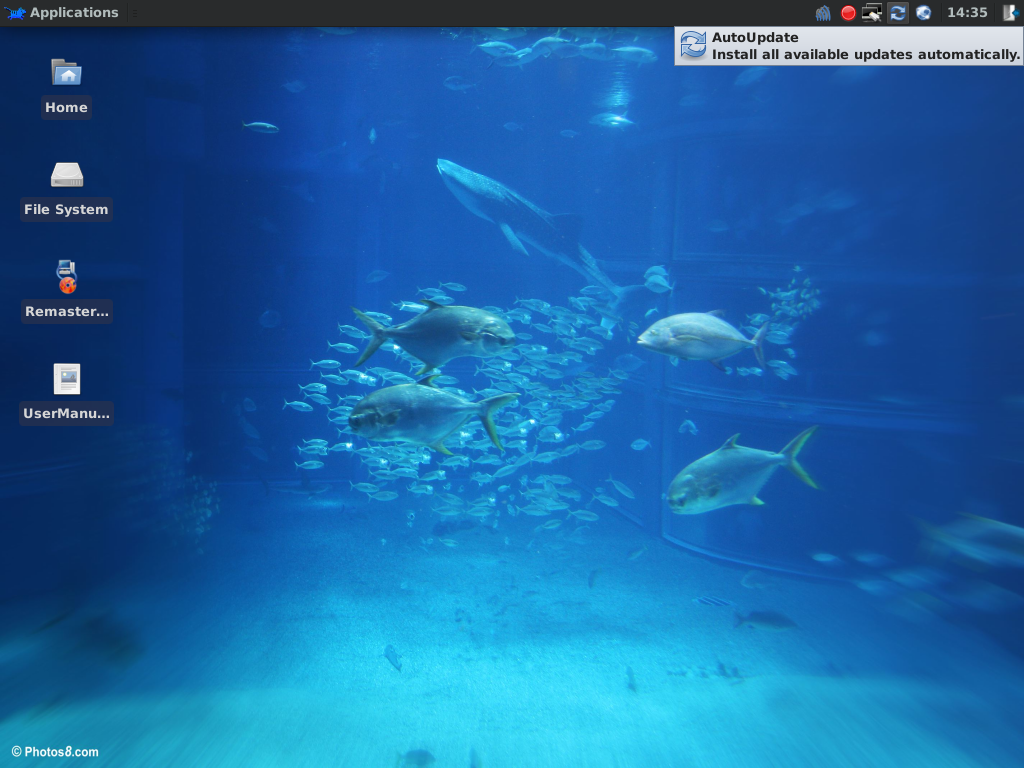


Gotta tell you, KDE has always felt overmuch like Windows to me for me to really be content with it. I keep checking back in, hoping KDE’s evolution eventually moves it further from Win — which is why I’ve been so eagerly awaiting PC-BSD 9. Unfortunately, that seems to be in eternal RC hell.
I AM a lover of XCFE, however: just how easy is it to install over/around/under the KDE WM in PC-BSD?
I see people complaining here about KDE, well haven’t you used Kubuntu, Chakra Linux, PCLinux OS. These are some of the most refined KDE Desktop’s around. The trouble is that BSD is not mature enough to handle anything. I thing not much development is going on in BSD camp.
Quit the crap!!! Install XFCE from the Ports collection and you’ll be on your way. If you want to talk sluggishness, look no further than OpenSUSE.
In my opinion, i don’t like this.
· Change the partition table to GPT and use two primary partition, so freebsd only use a one partition and create two slices.
· Very bug in laptop/netbook (opening opera reboot, opening the konsole and reboot)
· Don’t like wait to update the KDE
· The PBI software is not more updated it and not more software
I’m preferred freebsd. Is easy, lightly, and you configure all, and has not got see this bugs.
It’s fantastic to see this platform getting coverage! I’m a FreeBSD lover, but on my laptop, FreeBSD just couldn’t hack it. It always felt like a proof-of-concept piece, rather than a machine for actually getting work done. I’ve been running PC-BSD on my laptop for about six months now and I agree that it’s probably not yet ready for prime-time; I have to keep a Linux partition, as I still have some wifi and audio issues, as well as the sluggishness Dazza mentioned. But hopefully, if it doesn’t go the way of DesktopBSD, PC-BSD will be the platform that lets me finally get rid of my last Linux partition.
I think PC-BSD is moving in the right direction now with the announcement of the inclusion of alternate desktop environments in ver. 9. KDE is the very reason I couldn’t bare to do a permanent install of PC-BSD. Once Gnome is included, I’ll most likely dedicate a box to it. Or maybe a dual boot with Ghost BSD when it advances enough. Aren’t options great? I’m never going back to Windows. Ever!
win2linconvert
The KDE Plasma Netbook interface makes KDE a lot nicer to use. You should give it a shot. Explore the KDE Plasma Netbook interface
Why the hate? PC-BSD and FreeBSD are excellent. PC-BSD has the right idea for the desktop. Unlike Linux, software installations are self-contained, which means it is much easier to deploy proprietary software than in Linux. It also has a “known” development environment, which makes it much easier to target as a platform – whereas Linux is all over the place. I won’t argue that KDE isn’t the greatest, but that was the choice they made, and they have stuck with it, making the OS consistent and easy to deploy on.
Looks like a bunch of bloat to me. No thanks.
Unfortunately this release is still sluggish, slow as heck and awful in responsiveness. The PC-BSD forums seem to be full of people up their own backsides who don’t like to help with your issues other than to say ‘get a better graphics card’!
Thankfully there are other distros now available with better communities. They also aren’t adamant on sticking with KDE 4 which has proven to be buggy and resource hungry, although using the same version of KDE on a Linux box didn’t throw up the issues KDE on BSD did. Hmm, strange that.
You are right.
PCBSD is very very slow because of kde…
KDE4 is sluggish and gets in your way every time you want to do something useful. Install XFCE and you’ll see just how *not* sluggish things are.